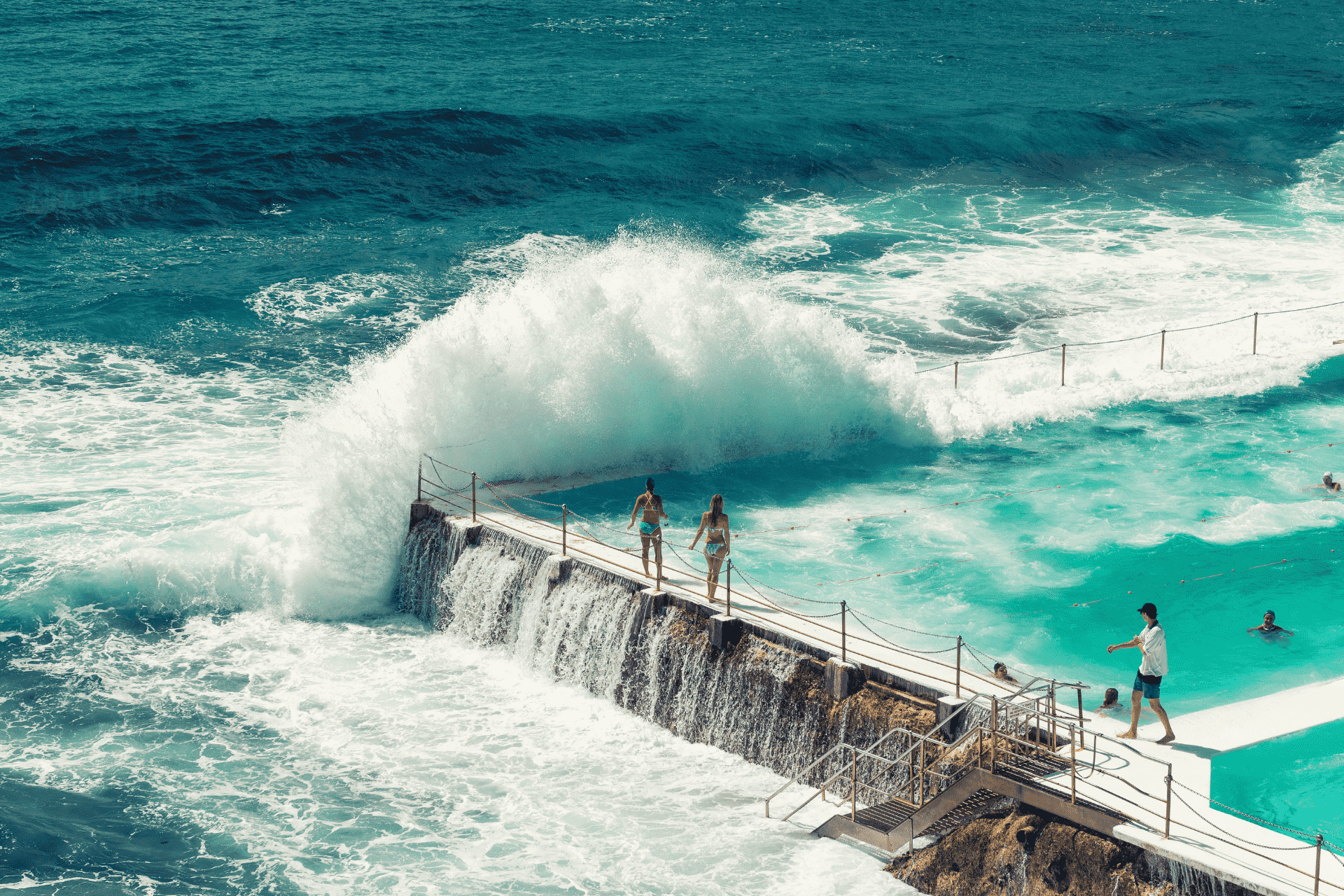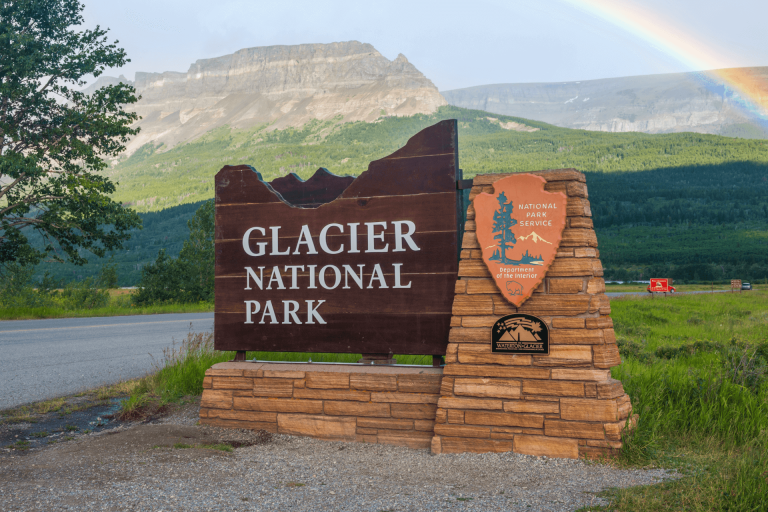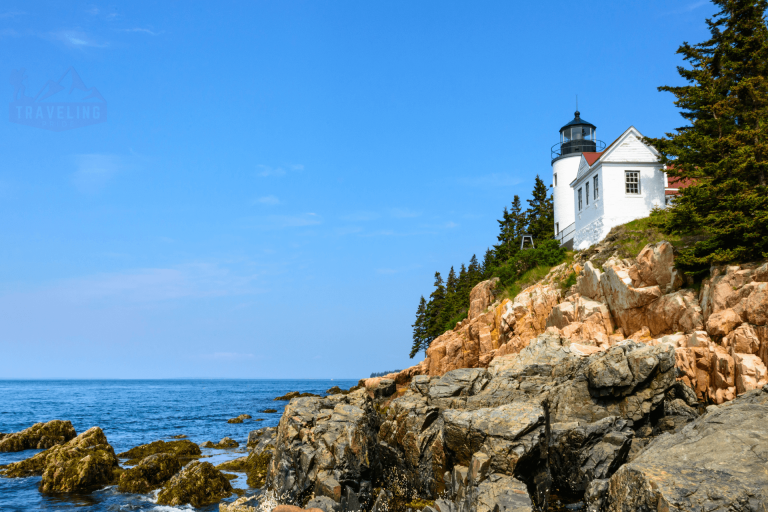12 Most Dangerous Beaches In Australia
Australia’s beaches are renowned for their stunning beauty and inviting waves. For many, the lure of the sand and surf is irresistible, making these coastal gems a top destination for locals and international visitors. However, beneath the picturesque landscape lie hidden dangers that can pose severe risks to unsuspecting beachgoers.
In this blog post, we’ll explore top 12 most dangerous beaches in Australia, shedding light on the unique hazards each one presents and offering crucial safety tips to ensure your seaside adventures remain thrilling and safe.
Understanding the Dangers
Before diving into our list, we must understand the criteria for identifying these dangerous shores. We considered factors such as rip currents, marine wildlife, and the remoteness of each location. Recognizing these dangers can help you make informed decisions and take necessary precautions when visiting these beaches.
Bondi Beach, New South Wales
Bondi Beach is arguably Australia’s most famous beach, attracting millions of visitors each year. Its golden sands and rolling surf are iconic. However, Bondi’s popularity doesn’t diminish its dangers. Powerful rip currents are a constant threat; even experienced swimmers can be caught in these fast-moving waters.
Safety Tips
- Always swim between the red and yellow flags.
- If caught in a rip, remain calm and signal for help.
- Avoid swimming alone, especially during peak surf conditions.
Fraser Island, Queensland
Fraser Island, a World Heritage site, boasts stunning beaches and crystal-clear waters. Yet, its beauty hides numerous dangers. The island is home to strong rip currents, sharks, and deadly jellyfish. Additionally, the island’s isolation can make rescue efforts challenging.
Safety Tips
- Avoid swimming during jellyfish season.
- Stay close to patrolled areas.
- Be mindful of posted warnings and adhere to them strictly.
Darwin Beach, Northern Territory
Casuarina Beach in Darwin offers a serene setting with its long sandy shores and gentle waves. However, beachgoers must avoid lurking dangers that are less visible than rip currents. During certain times of the year, stinger jellyfish, such as the Box Jellyfish, inhabit these waters, posing severe risks to swimmers. Additionally, saltwater crocodiles can occasionally be found in the waters around Darwin, making it crucial for visitors to stay vigilant.
Safety Tips
- Always observe and heed any warning signs or alerts regarding marine dangers.
- Wear protective stinger suits when swimming during the stinger season.
- Stay informed about recent crocodile sightings and avoid swimming at night or unpatrolled areas.
Cable Beach, Western Australia
Cable Beach is known for its picturesque sunsets and camel rides along the shore. However, the waters here are home to saltwater crocodiles and box jellyfish. The beach’s isolation means help can be far away in an emergency.
Safety Tips
- Avoid swimming in areas known for crocodile sightings.
- Wear protective clothing during jellyfish season.
- Always inform someone of your plans when visiting remote beaches.
Tamarama Beach, New South Wales
Tamarama Beach, known as “Glamarama,” is a small but famous beach near Bondi. Despite its size, Tamarama is known for powerful rip currents that can quickly sweep swimmers out to sea.
Safety Tips
- Stick to designated swimming areas.
- Pay attention to lifeguard instructions.
- Keep a close eye on children and inexperienced swimmers.
Arnhem Land Beaches, Northern Territory
Arnhem Land is a vast, remote area carrying a deep cultural significance for Indigenous Australians. Its secluded beaches offer breathtaking landscapes and an unparalleled sense of tranquility. However, this serenity can be deceptive; the region’s remote nature means that medical facilities and emergency services are scarce, heightening the risk factor. Additionally, the waters are inhabited by saltwater crocodiles, and the seasonal presence of box jellyfish further elevates the dangers.
Safety Tips
- Engage with local guides who are knowledgeable about the terrain and marine life.
- Refrain from swimming in estuarine areas known for crocodile activity.
- Equip yourself with protective stinger suits when entering the water during jellyfish season.
- Be prepared for limited communication and network coverage; inform others of your itinerary before venturing into remote locations.
Cape Tribulation, Queensland
Cape Tribulation is a stunning convergence of rainforest and reef. However, the waters here are known for dangerous marine life, including jellyfish and crocodiles. The region’s remoteness adds another layer of risk, making emergency assistance less accessible.
Safety Tips
- Avoid swimming during the stinger season.
- Stay away from river mouths where crocodiles are more common.
- Respect all safety signs and guidelines.
Byron Bay, New South Wales
Byron Bay is famous for its laid-back vibe, stunning coastal scenery, and excellent surf conditions that attract locals and tourists alike. Its beautiful beaches and vibrant community make it a hotspot for surfers looking to catch some waves. However, it’s important to note that despite its popularity, Byron Bay has strong rip currents that can pose a significant risk to swimmers.
Safety Tips
- Swim only in patrolled areas.
- Avoid swimming at dawn or dusk when sharks are more active.
- Be mindful of surf conditions and heed lifeguard warnings.
Ninety Mile Beach, Victoria
Ninety Mile Beach is one of the world’s longest beaches, stretching as far as the eye can see. Its vastness and strong currents make it a risky destination for swimmers and surfers. The seemingly endless shoreline can be deceptive, with hidden rips and unpredictable swells. Additionally, the sheer length of the beach means that safety patrols are few and far between, increasing the danger to those who venture too far from monitored areas.
Safety Tips
- Check local surf conditions before entering the water.
- Stay within sight of lifeguard stations when swimming or surfing.
- Keep an eye on the weather, as conditions can change rapidly.
Cottesloe Beach, Western Australia
Cottesloe Beach is celebrated for its pristine sands and clear waters, making it a popular spot for locals and tourists. However, this Western Australian gem is not without its risks. Cottesloe has gained notoriety for occasional shark attacks and powerful rip currents that can catch even the seasoned beachgoer off guard.
Safety Tips
- Always check for shark sightings before swimming.
- Listen to local warnings and advisories.
- Prefer swimming only when lifeguards are present.
Manly Beach, New South Wales
Manly Beach, known for its lively atmosphere and booming surf culture, offers various recreational activities. The inviting waves are perfect for surfing, yet these same waves harbor strong rips that can be perilous. Busy crowds also pose additional risks, such as collisions and delayed emergency responses.
Safety Tips
- Avoid overcrowded surf zones to minimize the risk of accidents.
- Be vigilant about rip warnings and current conditions.
- Cooperate with lifeguards and heed their safety instructions.
Wineglass Bay, Tasmania
Wineglass Bay is famed for its striking beauty and serene vistas. But the tranquility is deceptive; chilly waters and unexpectedly strong rip currents make this one of Tasmania’s more hazardous destinations. Moreover, its remoteness can complicate emergencies.
Safety Tips
- Be aware of tides and currents, particularly when venturing into open water.
- Consider the cold water temperatures when planning swimming activities.
- Ensure someone knows your itinerary when visiting secluded areas.
Conclusion
Australia’s beaches are known for their stunning and diverse landscapes, attracting many visitors. However, they also present dangers like rip currents and hazardous marine life. Understanding each beach’s specific risks is crucial to ensure safety while enjoying the scenery and activities. Staying informed, following local guidelines, and being vigilant can enhance your beach experience and allow you to appreciate these beaches’ beauty and adventure.







